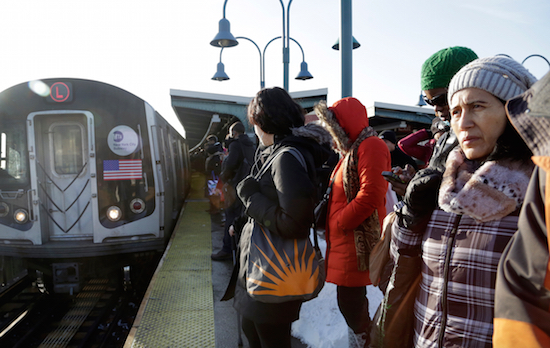OPINION: Neglected Northeast Brooklyn needs a transit fix

In all of the articles published during the past few years about the looming shutdown of the L train’s tunnel from Brooklyn to Manhattan starting in April 2019, few writers have mentioned that the L will continue to run from Bedford Avenue east to Canarsie-Rockaway Parkway or what the shutdown’s impact will be on riders at that end of the line.
One article after another talks about the impact the shutdown will have on Williamsburg and Bushwick riders, with a heavy emphasis on its effect on real estate prices in those areas. But Brownsville and East New York riders have been largely unmentioned, with some notable exceptions such as “Brooklyn’s Poorest Neighborhood Braces for L Train Shutdown” from Vice and “East New Yorkers: L Train Shutdown Will Affect Us, Too” from Brownsville Patch.
This mirrors the city’s overall neglect of Northeast Brooklyn. Two of the three poorest neighborhoods in Brooklyn, Brownsville and East New York, are in this general area (the third is Coney Island). In Brownsville, according to Crain’s, “Just 38.9 percent of students scored at or above grade level in math, and 31.2 percent in reading on statewide tests in 2012. The respective citywide numbers were 60 percent and 46.9 percent.”

Brooklyn Boro
View MoreNew York City’s most populous borough, Brooklyn, is home to nearly 2.6 million residents. If Brooklyn were an independent city it would be the fourth largest city in the United States. While Brooklyn has become the epitome of ‘cool and hip’ in recent years, for those that were born here, raised families here and improved communities over the years, Brooklyn has never been ‘uncool’.